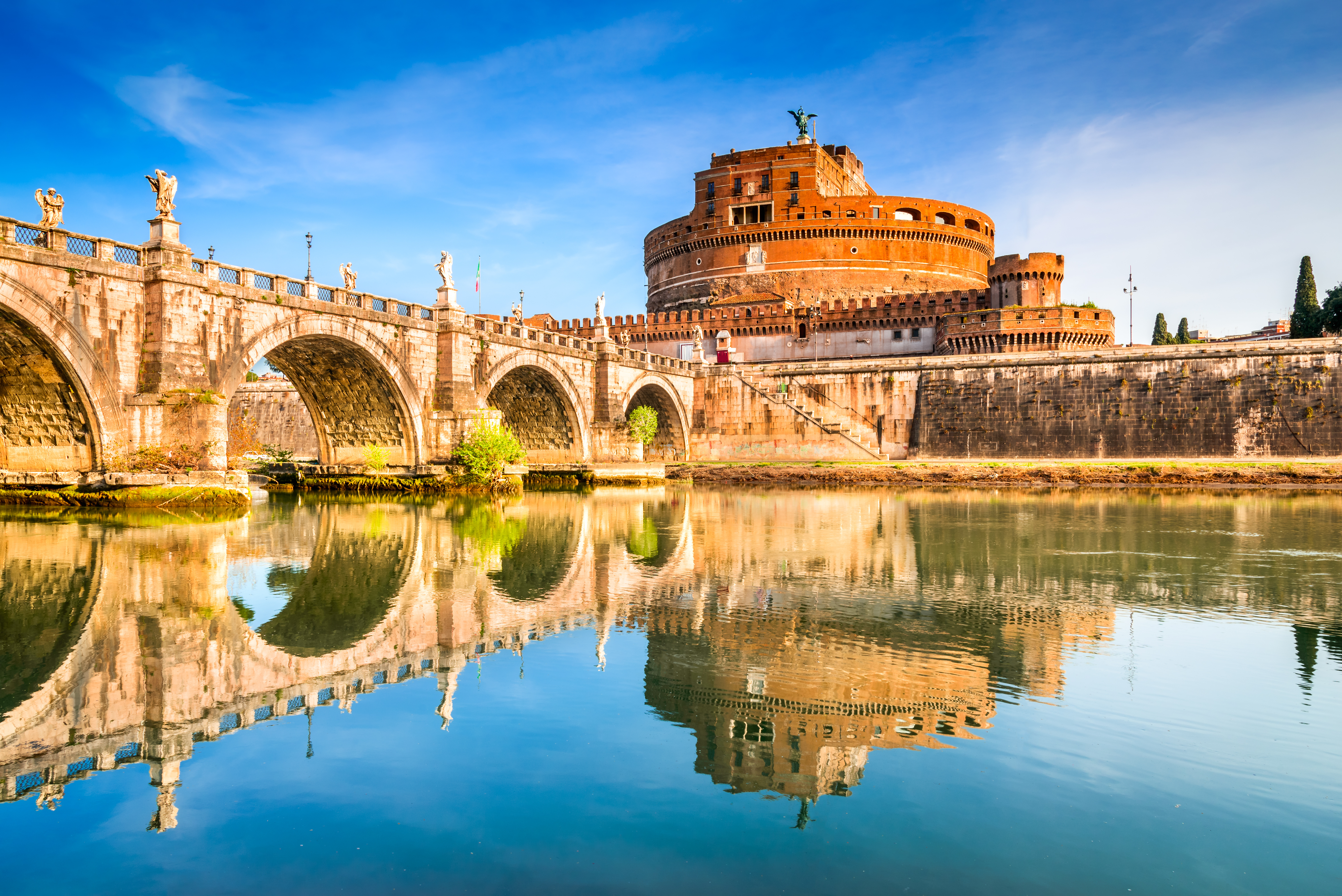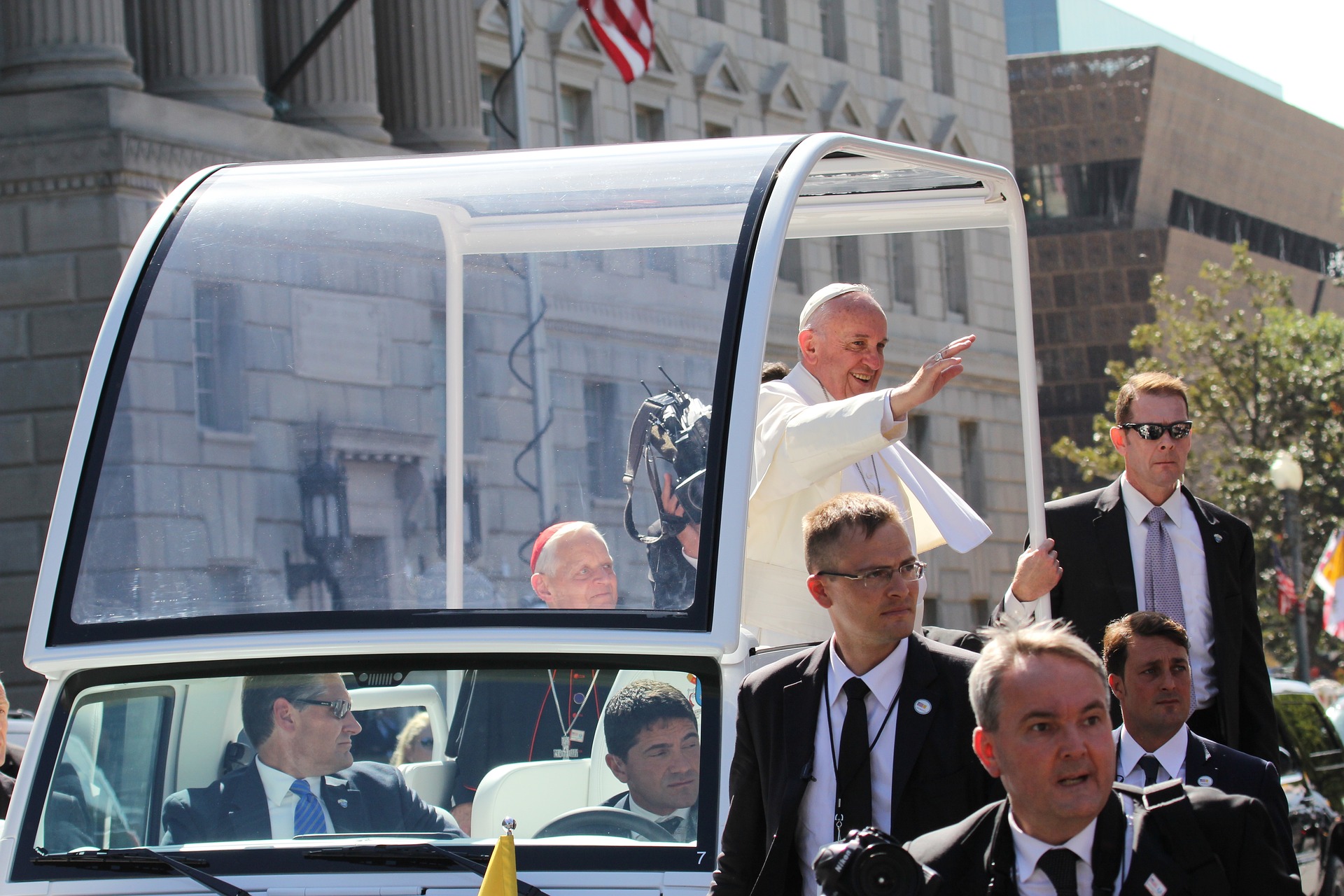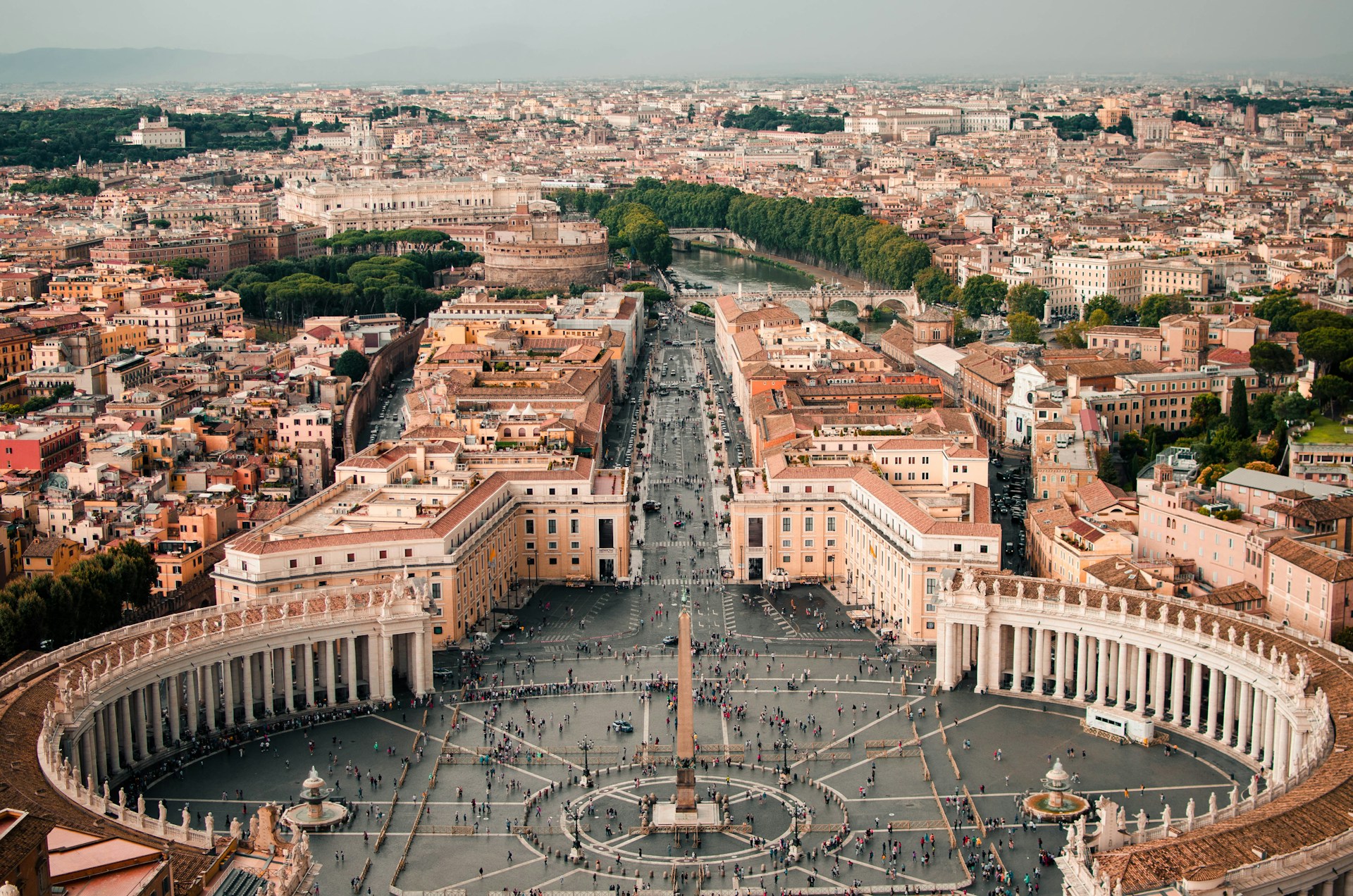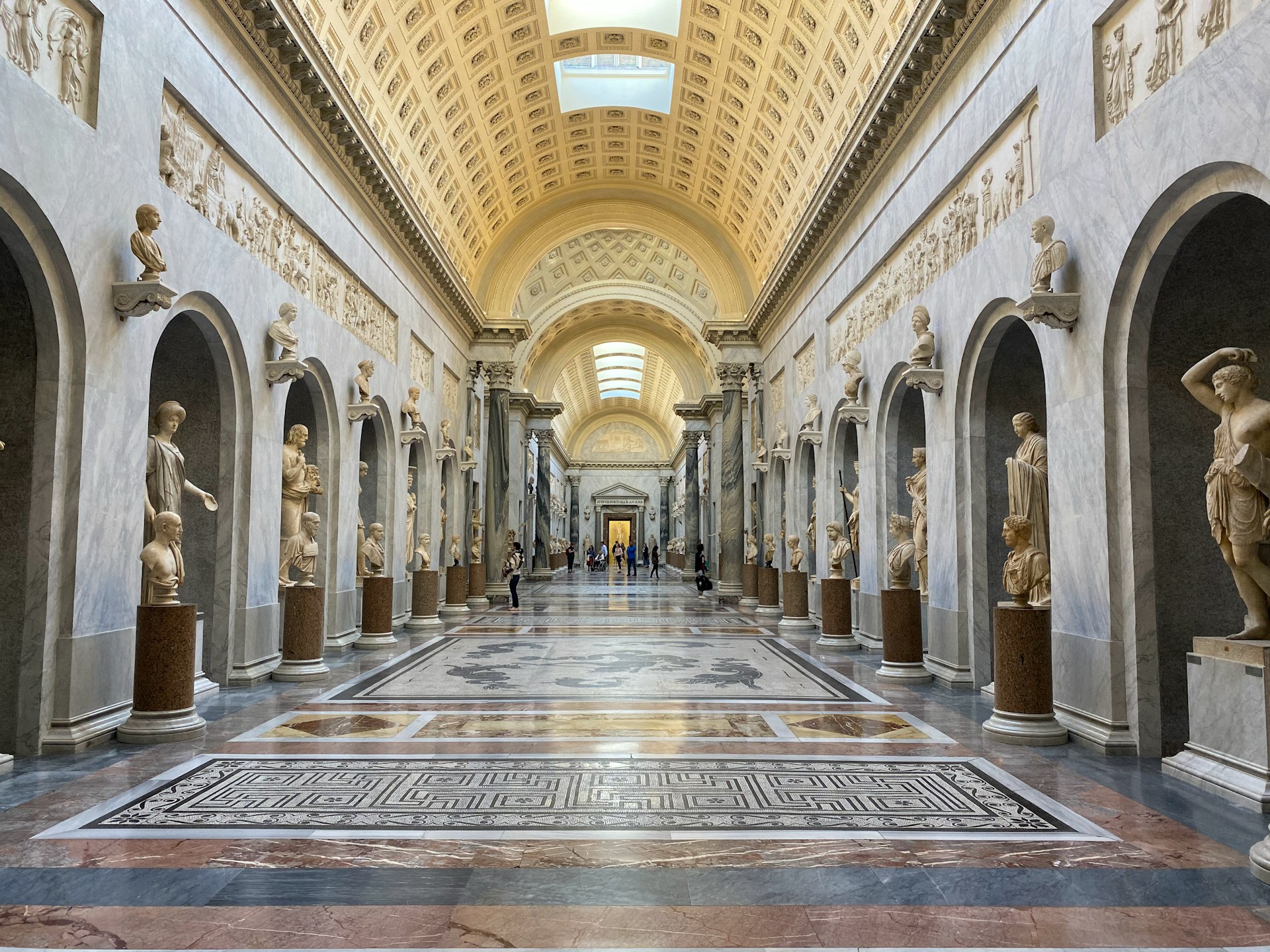
Ultimate Vatican Museums Guide: How To Visit in 2024
No visit to a city is complete without a visit to its best museums. If Paris has its Louvre and Madrid the Prado, Rome is all about the Vatican Museums.
While technically inside the independent Vatican City, the Vatican Museums became a must-see for anybody who travels to the Italian capital. Countless visitors come every day to admire the wonders contained inside its walls.
The first time I visited myself was on a school trip when I was only 9 years old. It’s typical for Roman students to spend a day at the Vatican Museums, and I was no exception. I’ll never forget the awe I felt that day while walking the halls of the museums. Of course, I’ve been several times since then, and each time, I’m amazed.
In this blog, I’ll tell you all there is to know about the Vatican Museums and to prepare for your visit. Once you’re there, I do hope you’ll feel the same way that little Roman felt on his first visit!
How the Vatican Museums started
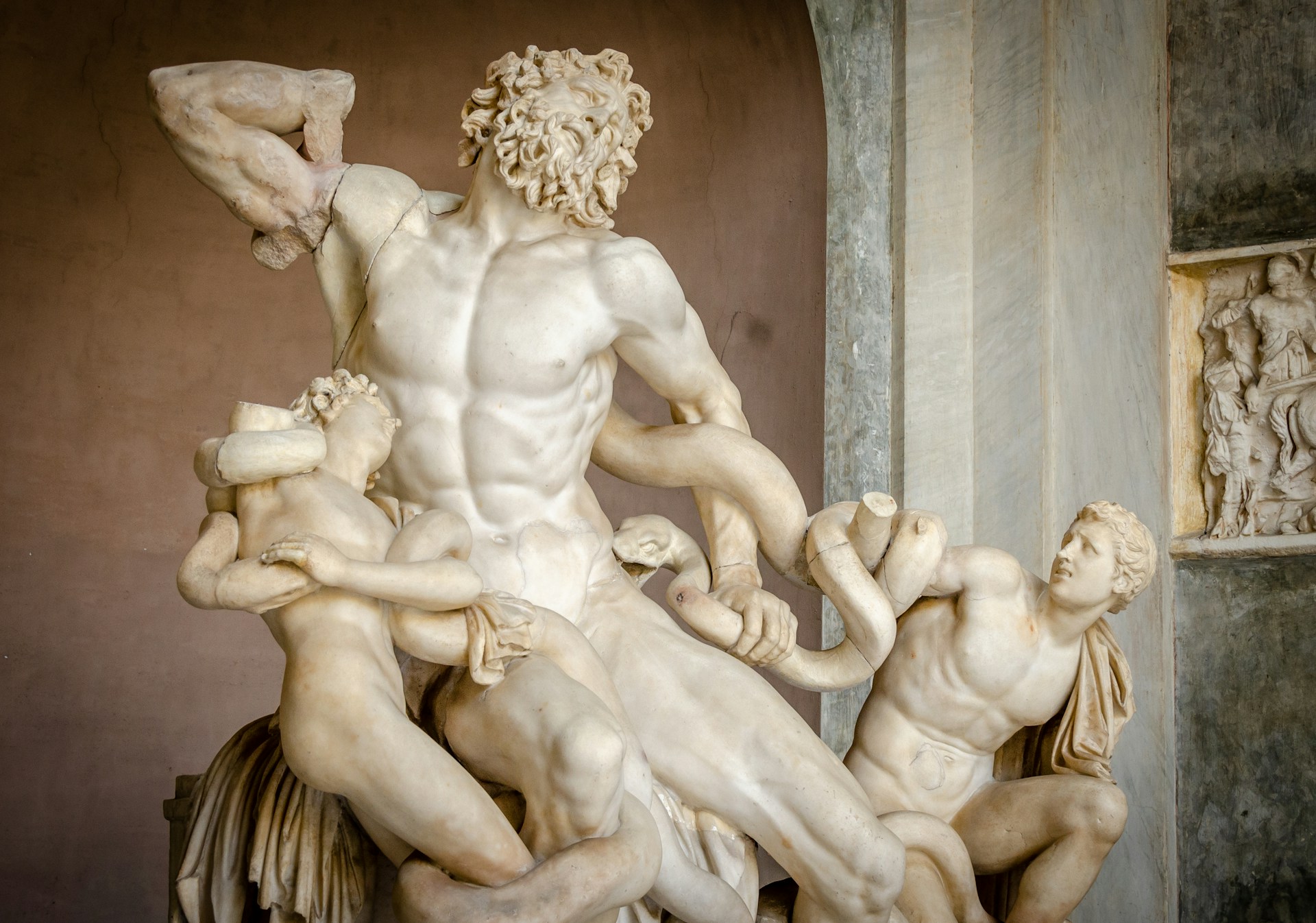
The history of the Vatican Museums started with one of its most famous statues — “Laocoön and His Sons.” In 1506 the statue, which represents the Trojan priest Laocoön and his sons, was discovered in a vineyard in Rome. Pope Jules II bought it and decided to display it publicly at the Vatican.
The popes acquired many art pieces over the centuries and opened different sections of the museums to contain them. In 1771, Pope Clement XIV established the Pio-Clementino Museum to showcase Renaissance and classical art. The year 1932 marked the establishment of the Pinacoteca Vaticana as a gallery showcasing a vast collection of paintings.
Key exhibits at the Vatican Museums

The Vatican Museums contain an impressive collection of classical statues, ancient maps, and beautiful paintings, among many other wonders. It can be difficult to choose the best sights among so many options.
So what should you see? The best solution is to go with a guide who can show you the can’t miss artwork and share the stories behind them.
But meanwhile, here’s an overview of the key exhibits to enjoy in the Vatican Museums.
Pinacoteca Vaticana: Pope Pius XI ordered its construction in 1932 to host the Vatican art gallery. Here you’ll admire paintings from artists such as Raphael, Caravaggio, and Giotto.
Pio-Clementino Museum: The largest section of the museums, the Pio-Clementino Museum owes its name to Popes Clement XIV and Pius VI. Beautiful Greek and Roman statues will surprise you along the way. In its Octagonal Court, you’ll find the stunning “Laoöcon and His Sons.”
The Egyptian Museum: For a moment, you’ll feel like you’re not in Italy anymore! This section will show you mummies, sarcophagi, and statues from Ancient Egypt.
The Raphael Rooms: These four rooms are decorated with frescoes by the famous painter Raphael. The rooms were originally supposed to be a part of an apartment for the Pope. Today, they’re one of the greatest examples of the Roman Renaissance.
Gallery of Maps: The gallery displays frescoes depicting maps of the Italian regions and cities. They’re the work of Ignazio Danti, a geographer. If you ever wondered how people got by before the invention of GPS, here is your answer!
Bramante Staircase: This unusual staircase might surprise you. The original staircase was built in 1505, while the current one is much more modern — from 1932. The unique design of the structure ensures that people going up and down never cross paths. No traffic jams here!
Sistine Chapel: The iconic chapel was made world-famous by Michelangelo’s genius. If you want to know all about it, check out our guide to the Sistine Chapel!
Fun facts about the Vatican Museums

There are endless secrets and curiosities about the Vatican Museums. Here are some of my favorites.
- Why is the name Vatican Museums, and not simply Vatican Museum? The Vatican Museums are a complex of different museums, galleries, halls, and chapels. Their total number is 54, making it one of the largest museum complexes in the world.
- Get ready to walk. The Vatican Museums extend about four miles, containing almost 70,000 objects in about 11,000 rooms!
- Not all of the museum is in Vatican City. The Vatican Museums are entirely in the territory of the Vatican City, except for one place — the entrance. The main entrance to the museums is in Viale Vaticano, Rome, making it the only part of the museum in the Italian territory.
- One time, St. Peter’s Basilica closed at the order of the pope. The Vatican Museums are welcoming toward everybody — or better said, almost everybody. In 1938, Adolf Hitler visited Rome for a few days. Pope Pius XI refused to see him and ordered the exceptional closure of both St. Peter’s Basilica and the Vatican Museums. This way, he ensured that the German dictator could not set foot on Vatican territory.
- There’s a giant pinecone. You’ll find it in the courtyards of the Vatican Museums. This huge bronze pinecone is almost 13 feet tall. It was found in an ancient thermal bath complex in the Middle Ages and gave the Pigna neighborhood its current name.
How to tour the Vatican Museums

Since the Vatican Museums are so vast and full of things to do, you might be wondering how to make the most of your visit.
Check out our Vatican Museums tour for the best possible experience. Our local experts will show you all the wonders and the little secrets hidden in the museums. Not to mention that our tour is budget-friendly, so more money for pizza and gelato!
Tips for visiting the Vatican Museums

Before you get ready to enjoy your visit to the Vatican Museums, here are some things you should keep in mind.
First, the Vatican Museums are big — very, very big. Most people spend more than three hours inside them. To visit both the museums and St. Peter’s Basilica on the same day could be tricky, so consider coming back another day to enjoy the basilica to its fullest.
Also, remember that even if they’re museums, you’re still in the Vatican City. You should dress modestly, covering your shoulders and knees. And wear comfortable shoes, since you’ll do a lot of walking.
While it’s possible to take pictures without flash inside the museums, it’s strictly forbidden to take photos or videos inside the Sistine Chapel, so don’t expect to capture Michelangelo’s “Creation of Adam” for your Insta!
Eating and drinking in the exhibition rooms also isn’t allowed, but this is fairly typical for a museum. You’ll also find places to grab a snack along the way.
Final tips for your Vatican Museums visit

Keep in mind that the Vatican Museums are closed on Sundays and during Catholic religious holidays.
If you want to reach the museums with public transportation, the metro is the best option. You can get off at either the Cipro or Ottaviano stations of the A line. From there, it’s a short walk to the Vatican Museums.
If you can’t wait to have the best Roman holiday, come see us in Rome! We’d love to show you around on a guided tour of the Vatican Museums.
